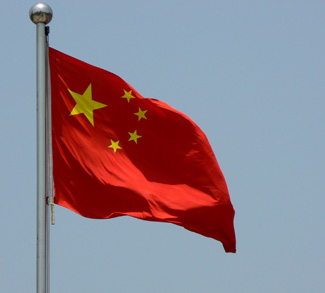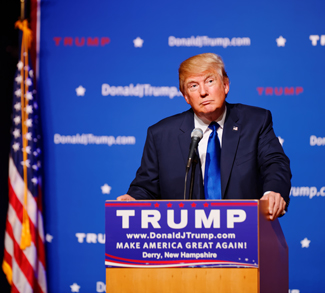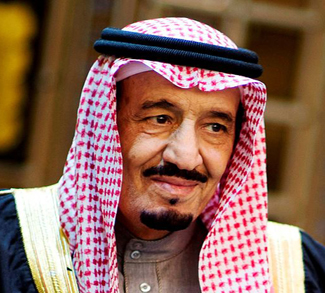Summary
Chinese foreign policy has undergone a notable shift since President Xi Jinping took over. Gone are the days of the low-profile, ‘peaceful rise,’ replaced with the more assertive policies of a global power. In the South and East China Seas, in new global institutions such as the Asian Infrastructure Investment Bank, and in the unprecedented One Belt, One Road strategy – China has been making its presence felt on the world stage, and the Xi administration’s ‘Chinese dream’ of a powerful country with a strong military seems well on its way to coming true.
Then Donald Trump was elected president of the United States.
This surprising development has undoubtedly given rise to some quick introspection in a Chinese government expecting to deal with the known quantity of Hillary Clinton. Trump’s victory reshuffles the deck of bilateral presumptions, those of a stable trade relationship, passive ‘FONOPS’ resistance in the South China Sea, climate cooperation, and even the long-practiced dance of unofficial relations with Taiwan.
New dynamics on the US side of the bilateral equation could alter the course of the Xi administration, either by forcing Beijing to pump the brakes on its newfound superpower assertiveness or by kicking the nationalist forces underpinning it into overdrive.




